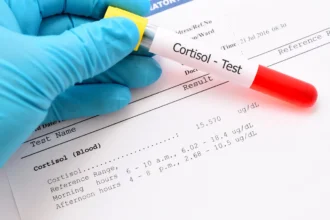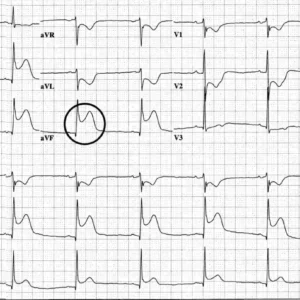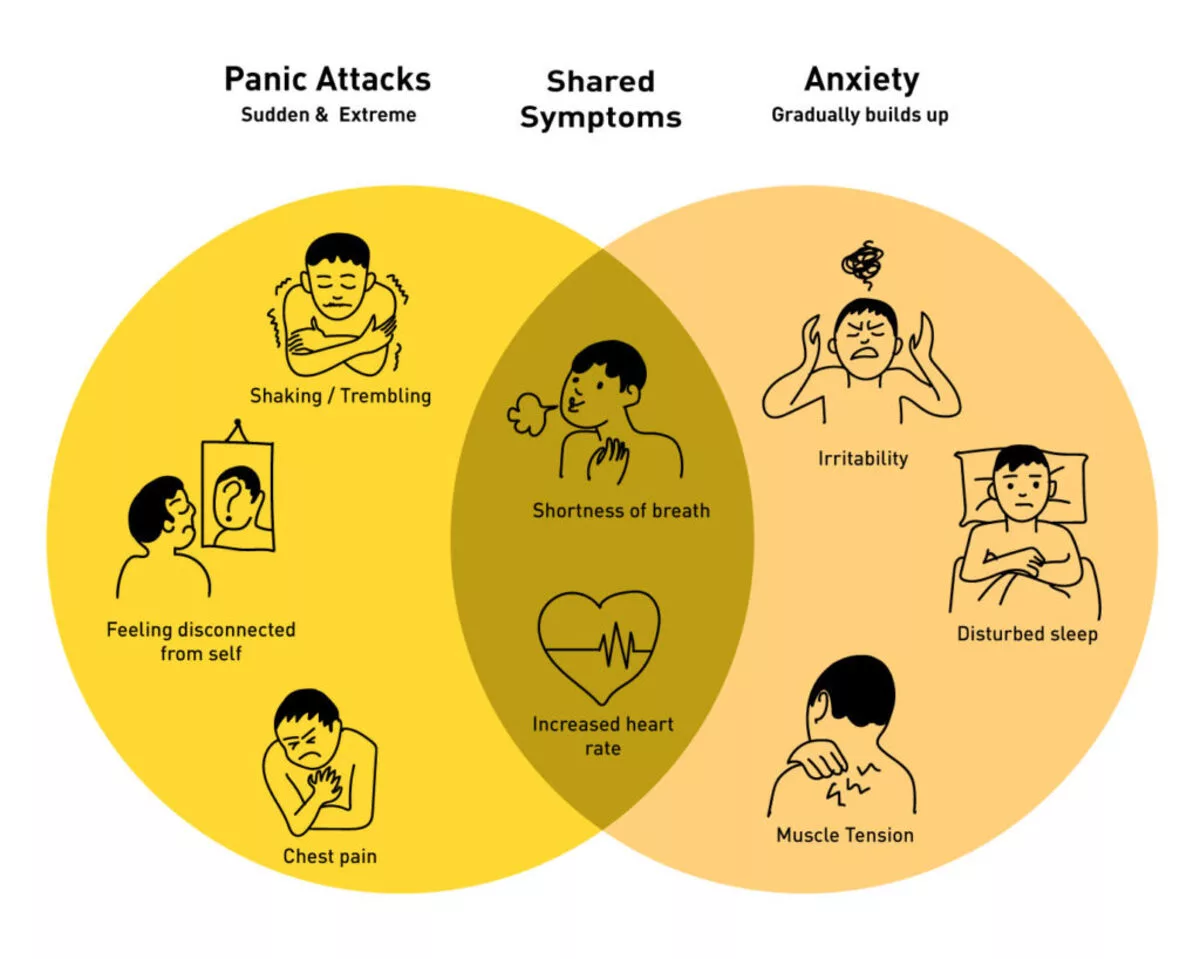Panic Focused Psycho-dynamic Psychotherapy (PFPP) emerges as an innovative and promising treatment approach with initial efficacy in managing Panic Disorder (PD). Carrying out twice a week over a span of 12 weeks, and encapsulated within a well-structured 24-session regimen, it provides a unique approach to combat the substantial morbidity and extensive health care utilization often associated with the PD demographic.
The rising fraction of patients failing to be responsive or scarcely responsive to conventional treatment methods, such as Cognitive-Behavioral Therapy (CBT) and drug therapy, underscore the necessity for PFPP. This method introduces not simply another therapeutic strategy for clinicians to employ, but also a re-imagined intervention to add to their therapeutic resources.
Moreover, Panic-focused Psycho-dynamic Psychotherapy has the potential to bridge the gap between academic psychiatry and psycho-dynamic outlooks. It offers an opportunity for reevaluating the relevance of psycho-dynamic therapy within the educational journey of psychiatric residents. This critical reassessment is especially significant given the palpable diminishing experience of psycho-dynamic therapy in residents’ training over the past two decades.
Re-imagining Panic Disorder Treatment Through Panic Focused Psycho-dynamic Psychotherapy
Abstract:
Panic Focused Psycho-dynamic Psychotherapy (PFPP) offers an innovative approach to the treatment of panic disorder, with or without accompanying agoraphobia, through a well-structured protocol comprised of 24 sessions over a 12-week span. This method has showcased promising results in multiple randomized controlled investigations. With time, its efficiency and intricacy have evolved to cater to a wider array of DSM 5 anxiety disorders, Cluster C personality disorders, and post-traumatic stress disorder.
Panic Focused Psycho-dynamic Psychotherapy primarily emphasis on the dynamic elements contributing to panic and anxiety’s emergence, endurance, and recurrence. These elements often revolve around emotional conflicts, delving into themes such as separation, autonomy, anger, ambivalent attachment, and guilt. The treatment is designed to enhance patients’ comprehension of their anxiety and panic attacks, unraveling the deeper feelings and situations enmeshing their symptoms.
The therapy intervention also sheds light on significant intrapsychic conflicts, developmental factors, and transference, enabling a more profound, comprehensive healing journey. Stepping into the realm of termination of treatment, it serves as a pivotal point for navigating through emotions and clashes related to separation, autonomy, and ambivalent attachments.
The Comprehensive Guide to Panic Focused Psycho-dynamic Psychotherapy

“Manual of Panic-Focused Psycho-dynamic Psychotherapy”, a seminal work by distinguished experts Barbara Milrod, M.D., Fredric N. Busch, M.D., Arnold M. Cooper, M.D., and Theodore Shapiro, M.D., is a treasure trove of insights for therapists and patients alike.
Product Preview
Released in 1997 and spanning 112 pages, the manual (ISBN 978-0-88048-871-6, Item #8871) is an essential addition to your professional library or personal collection. Despite its advanced age, its insights remain valuable today, highlighting the continuing relevance of psycho-dynamic perspectives.
While over the last three decades there have been considerable advancements in treating panic disorder with pharmacological and cognitive-behavioral interventions, these methods sometimes only provide fleeting or partial relief. Many patients continue to struggle with enduring anxiety symptoms post-treatment. Cumulative evidence indicates that intrapsychic conflicts and character traits are integral to triggering and onset of panic disorder, along with the likelihood of relapse after therapy completion. For many clinicians, Panic Focused Psycho-dynamic Psychotherapy seems to offer an effective solution to these issues.
A compelling blend of extensive clinical practice and notable expertise, the “Manual of Panic-Focused Psycho-dynamic Psychotherapy” emerges as the first comprehensive guide that explores the potential of psycho-dynamic therapies in treating panic disorder. It proposes the beneficial integration of psycho-dynamic methods alongside pharmacological and cognitive-behavioral treatments. In numerous cases, this therapy even resolved panic symptoms entirely when applied as the main treatment modality.
The authors closely examine common psychological elements visible in patients suffering from panic disorder, detailing how to address them within psycho-dynamic psychotherapy’s parameters. An abundance of clinical vignettes, including a complete case study, depict the psycho-dynamic approach’s practical application. This manual also sheds light on additional treatment matters, including defense mechanisms, transference, treatment termination, and using this method coupled with other therapeutic techniques.
The Role of Panic Focused Psycho-dynamic Psychotherapy in Panic Disorder Management
Despite substantial strides in the areas of pharmacological and cognitive-behavioral treatments for panic disorder in the past three decades, these interventions often offer only transitory or partial solace. Moreover, a significant number of patients persistently suffer from anxiety symptoms even after treatment cessation. This ongoing issue underscores the fact that panic disorders have deep roots in intrapsychic conflict and characterological features, which majorly contribute to their inception, recurrence, and frequency of relapse post-treatment termination. Many medical practitioners are now advocating for panic focused psycho-dynamic psychotherapy as an optimal strategy to tackle these problems comprehensively.
The Impact of Panic Focused Psycho-dynamic Psychotherapy in Treating Panic Disorders
Enhanced by considerable clinical expertise and penned by distinguished experts, the “Manual of Panic-Focused Psycho-dynamic Psychotherapy” firmly stands as the first comprehensive guide examining the potential of exploratory psychotherapy in treating panic disorder. The manual suggests that psycho-dynamic methodologies can complement both psycho-pharmacological and cognitive-behavioral treatments, often alleviating panic symptoms when employed as the sole therapy. The handbook lists common psychological aspects found in panic disorder patients and elaborates on their management within the framework of panic focused psycho-dynamic psychotherapy.
Filled with clinical anecdotes and a detailed case study, the manual illuminates the psycho-dynamic approach in treating this disorder. Other essential treatment considerations – including defense mechanisms, transference, concluding therapy, and the synchronization of this approach with other therapeutic procedures – are also comprehensively discussed.
Read more: Hypnotherapy for panic attacks













